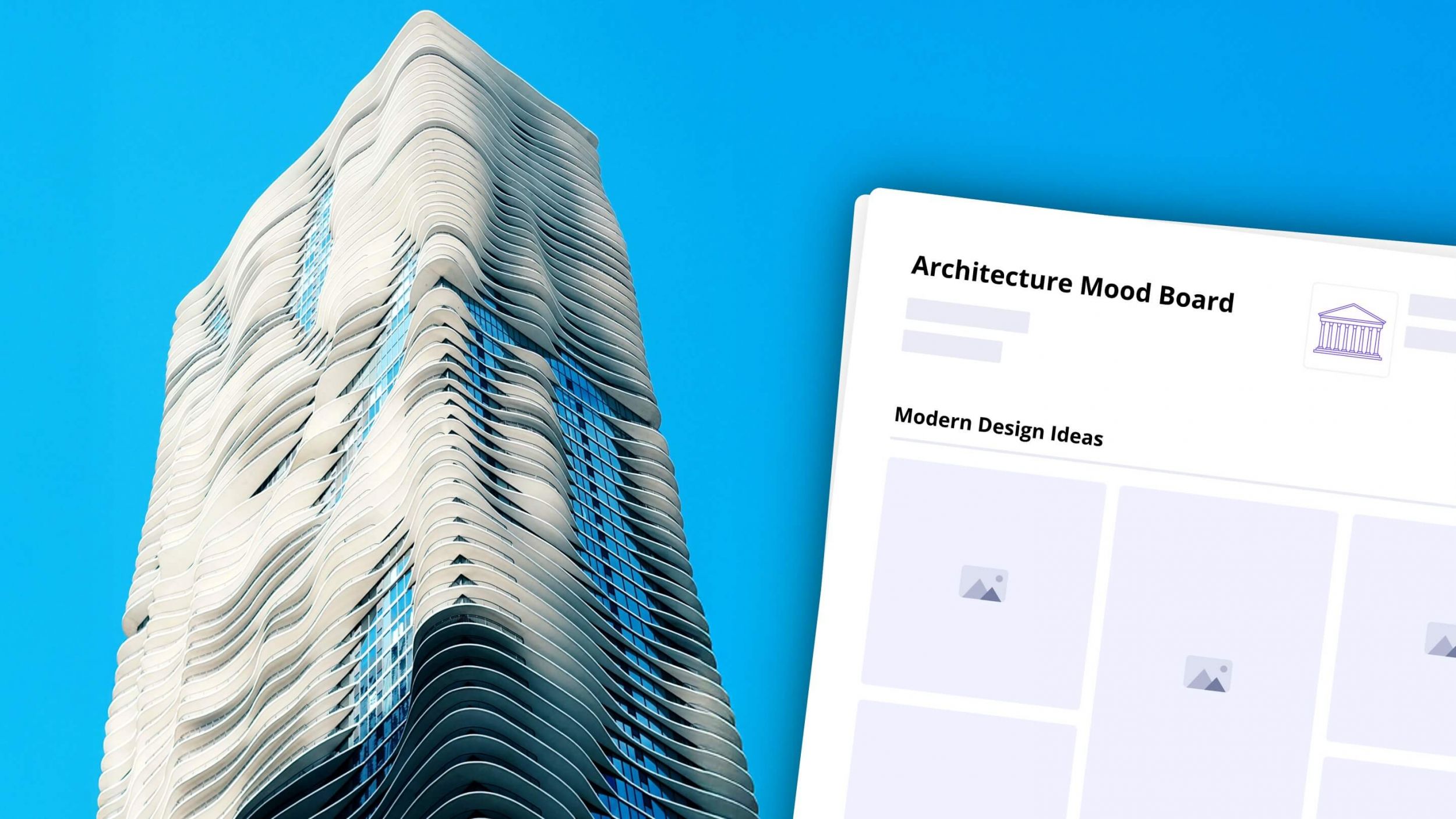Architecture mood boards are an essential component of any design project. They’re a great way to organize different elements and make sure they all work together harmoniously. Creating architecture mood boards can be a bit tricky, but if you know the basics and follow some simple steps, you’ll be able to make stunning visuals that accurately reflect your vision.
In this blog post, we’ll discuss the value of creating a mood board in architecture and provide tips for putting together your perfect board.
Creating a Mood Board in Architecture
Benefits of an architecture mood board
Designers often use mood boards to help communicate the overall feel or vibe of a design project. If you're not familiar with the term, a mood board is basically a collection of images, textures, colors, and other visual elements that are used to convey a certain feeling. Before we get into the specifics of making an architecture mood board, here are the basics of how to make a mood board.
While they're commonly associated with fashion and interior design, mood boards can be useful for all sorts of designers, including architects.
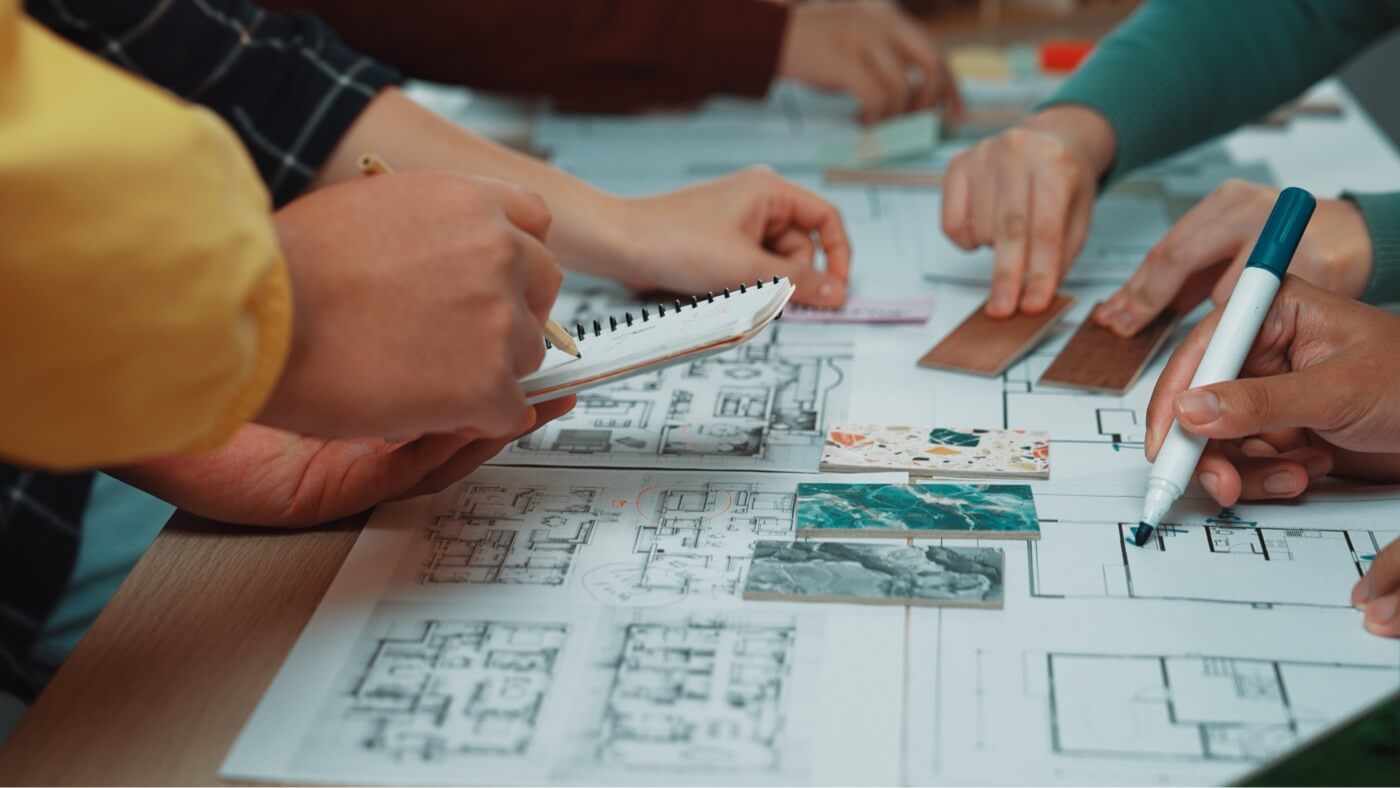
Architect mood board
Mood boards are an integral part of the design process for architects, as these visual collages can provide a comprehensive overview of all the elements that need to be taken into account. It involves gathering objects, images and pieces of text that reflect the desired mood and outcome of the project or represent vision in order to create a collective direction.
In addition to helping architects visualize their ideas and capture inspiration, mood boards can also be used to guide designers to a unified concept by placing similar components together. Through the use of mood boards, complex details can be translated into tangible concepts while streamlining different creative ideas into one cohesive space.
Related Posts
Mood Board in Architecture Tutorial
Find inspiration
Creating a mood board is a great way to help define the direction of your architectural projects. The process of constructing a mood board starts by researching inspirational images within your desired aesthetic.
This could include anything from magazine cutouts, photographs or even existing product designs or interior design mood boards.
Here are a few integral components of architectural design to consider when gathering inspirational material.
Function
There must be a thorough understanding of the purpose of a building or space, what it is meant to accomplish, and how it will be used. This is the function of architectural design.
Form
Form refers to the overall shape of a building and how it relates to its environment. Form is often used to convey a certain feeling or meaning; for example, curved walls may be used to represent fluidity, while sharp angles can create an impression of strength.
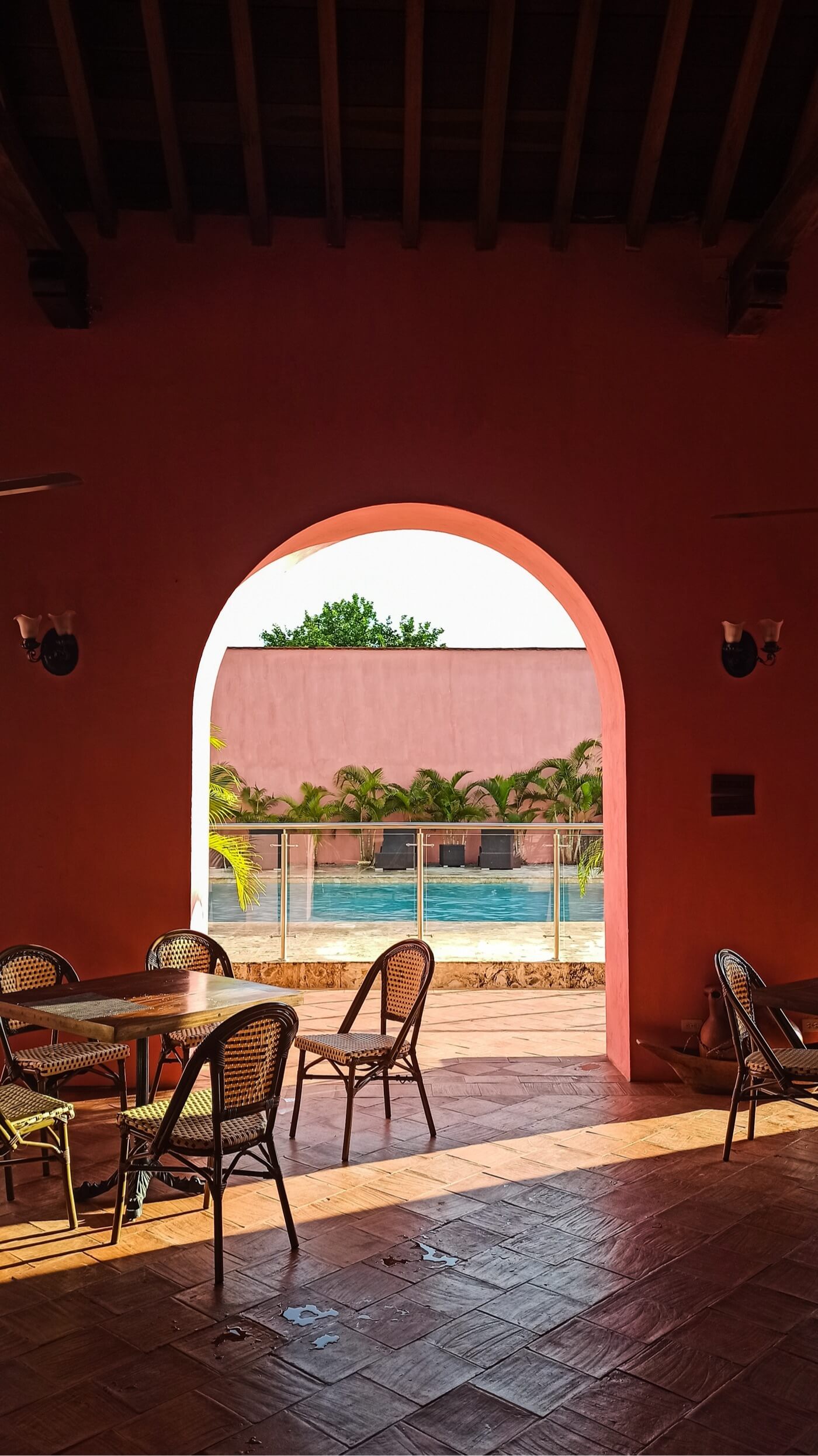
Form in architecture
Materials
Materials are an essential component of architectural aesthetics. Not only do they provide the building with structural stability, but they also play a role in the overall look and feel of the space.
Different materials can be chosen based on their physical properties (e.g., strength, flexibility, insulation) as well as for their aesthetic qualities.
For example, natural stone or wood may be chosen for its warmth and visual appeal, while metal may offer a more modern, industrial look.
Ultimately, choosing the right materials will help to create an inviting and visually pleasing space.
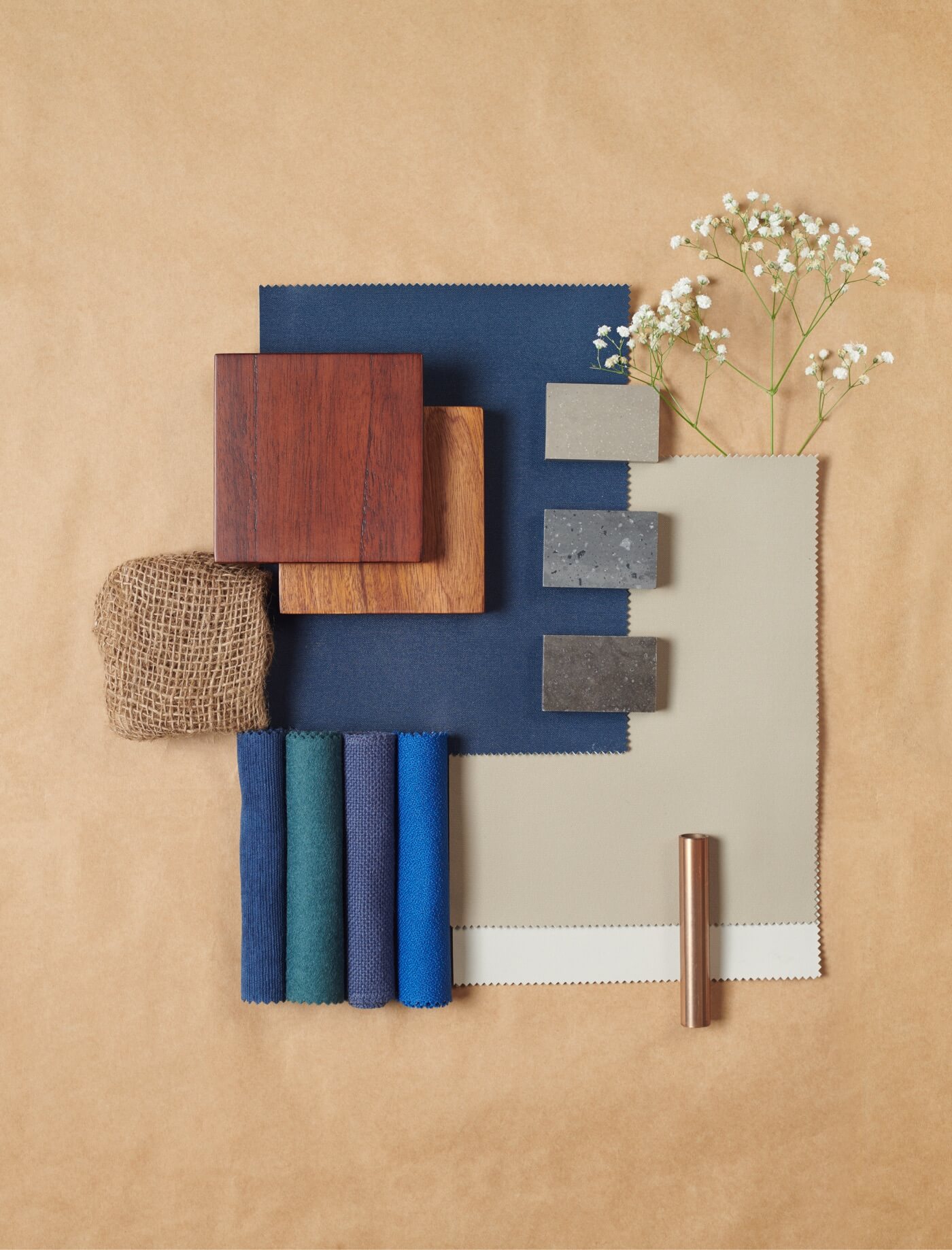
Composition in architecture
Light
The use of light in architectural design is essential for creating an inviting atmosphere and bringing out the best qualities of a space. Proper lighting can help to accentuate certain features, while also creating contrast between different elements.
Additionally, natural light can be used to provide illumination while creating a more energy efficient environment. Finally, strategic lighting can be used to create the right mood in any room.
Dimmed lights can evoke feelings of serenity and relaxation, while bright spots may lend excitement to the atmosphere.
In short, proper lighting is essential for transforming a space into something beautiful that people will enjoy being in.
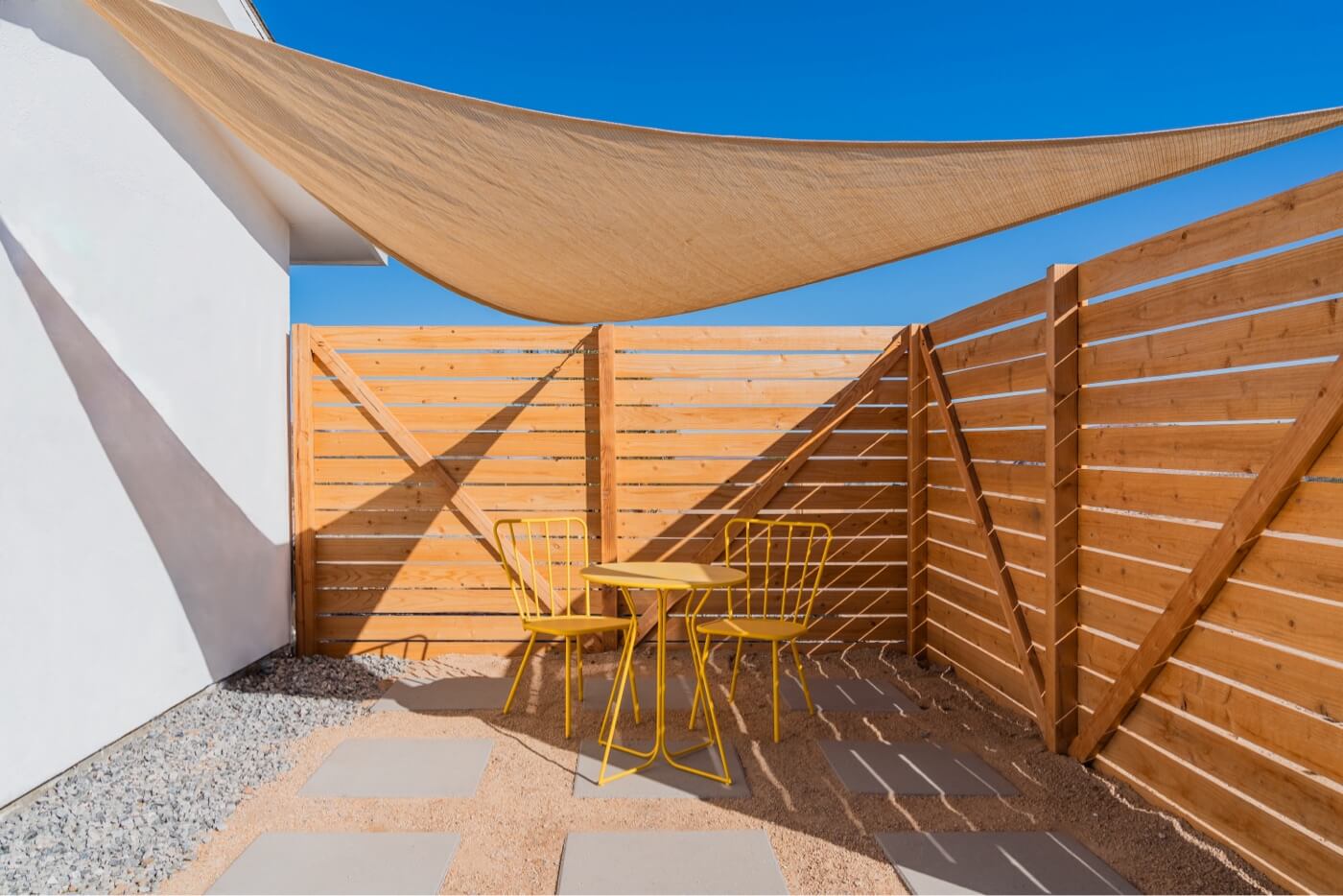
Light in architecture
Color
Color plays a crucial role in architectural design, as it can be used to evoke certain moods and feelings. Different colors carry different connotations or associations. For example, cool colors are often calming and serene, while warm colors may bring energy and excitement to the space.
Additionally, color can be used to create visual unity between different elements; for example, contrasting colors may be used to generate visual interest, while monochromatic schemes can give the space a more cohesive look. In short, color is a powerful tool that can completely transform a space when used correctly.
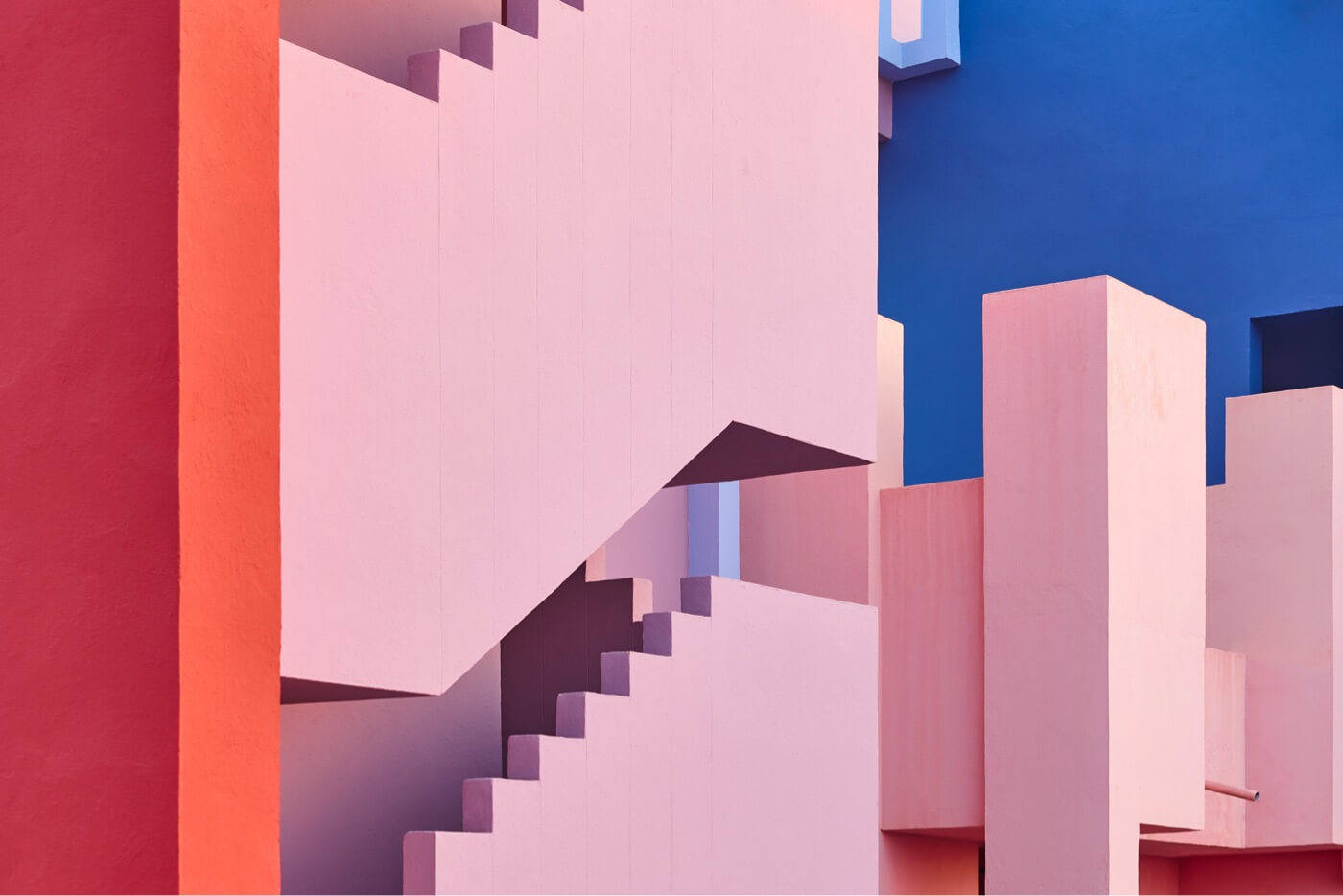
Color in Mood Board Architecture Design
Textures
Finally, texture is also an important factor in creating a visually pleasing space – it adds depth and complexity to a room’s overall appearance.
Texture can be used to enhance visual interest, providing contrast between different elements and bringing attention to certain features.
Additionally, texture adds tactile qualities, allowing people to interact physically with a space.
For example, rough surfaces can add a sense of warmth or coziness, while smoother surfaces may lend a sense of luxury or sophistication. In short, texture is integral for making a space unique and inviting.
Keeping track of these elements is an effective way to monitor progress and the level of detail that has gone into each project. Incorporating a mood board into your practice will serve as an invaluable tool for establishing the look and feel of all future projects.
Related Posts
Making a Mood Board in Architecture
Assemble the mood board
Once you have gathered all of your visual material for your mood board, it’s time to assemble. The best way to do this is digitally. Digital mood boards are a great way to organize ideas, images, and inspiration for any design project. They can help quickly visualize a project concept or get creative juices flowing.
Additionally, digital mood boards are extremely flexible and easy to share. We used StudioBinder’s mood boarding app to create our very own architectural mood board example that you can check out below.
Mood Board Architecture Example
When using the app to compose your mood board, keep in mind some tips to help you create better mood board compositions:
Select a few main elements to focus on and add more imagery to support each one.
Mix different types of media such as photos, illustrations and patterns. Choose colors that complement each other and create a harmonious look.
Play around with the arrangement of your images until everything looks balanced and visually appealing.
Avoid clutter by keeping only essential images in the composition.
Don’t forget to add annotations or notes for yourself about why you chose specific elements for your mood board.
Example Mood Board in Architecture
Architecture mood board examples
Mood boards are valuable tools used to share creative inspiration with colleagues, partners, and clients. This could be anything from material textures, colors, furniture styles, or general design concepts. Famous architects often use mood boards to present their ideas in a visually appealing manner.
For example, the Pritzker Prize-winning architect Zaha Hadid created many successful mood boards featuring daring architectural designs that pushed the limits of building practices.
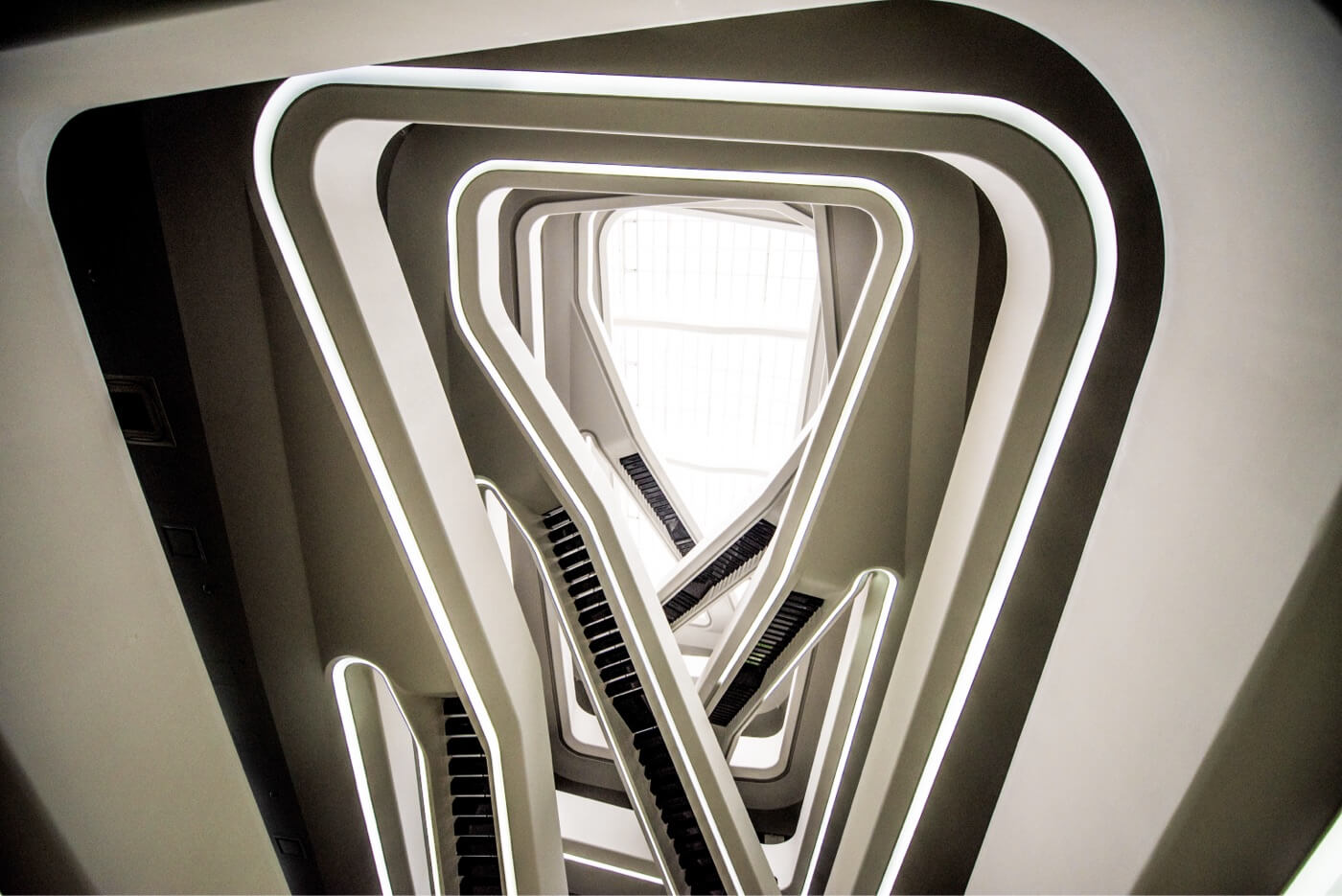
Zaha Hadid Mood Board in Architecture
Another renowned architect, Frank Gehry, incorporated recycled materials in his incredible works of art using inspiring mood boards that featured bold geometric patterns. By combining sketches and photographs of past projects with ideas for future projects in one easily accessible place, famous architects like Hadid and Gehry have leveraged mood boards to great effect throughout their careers.
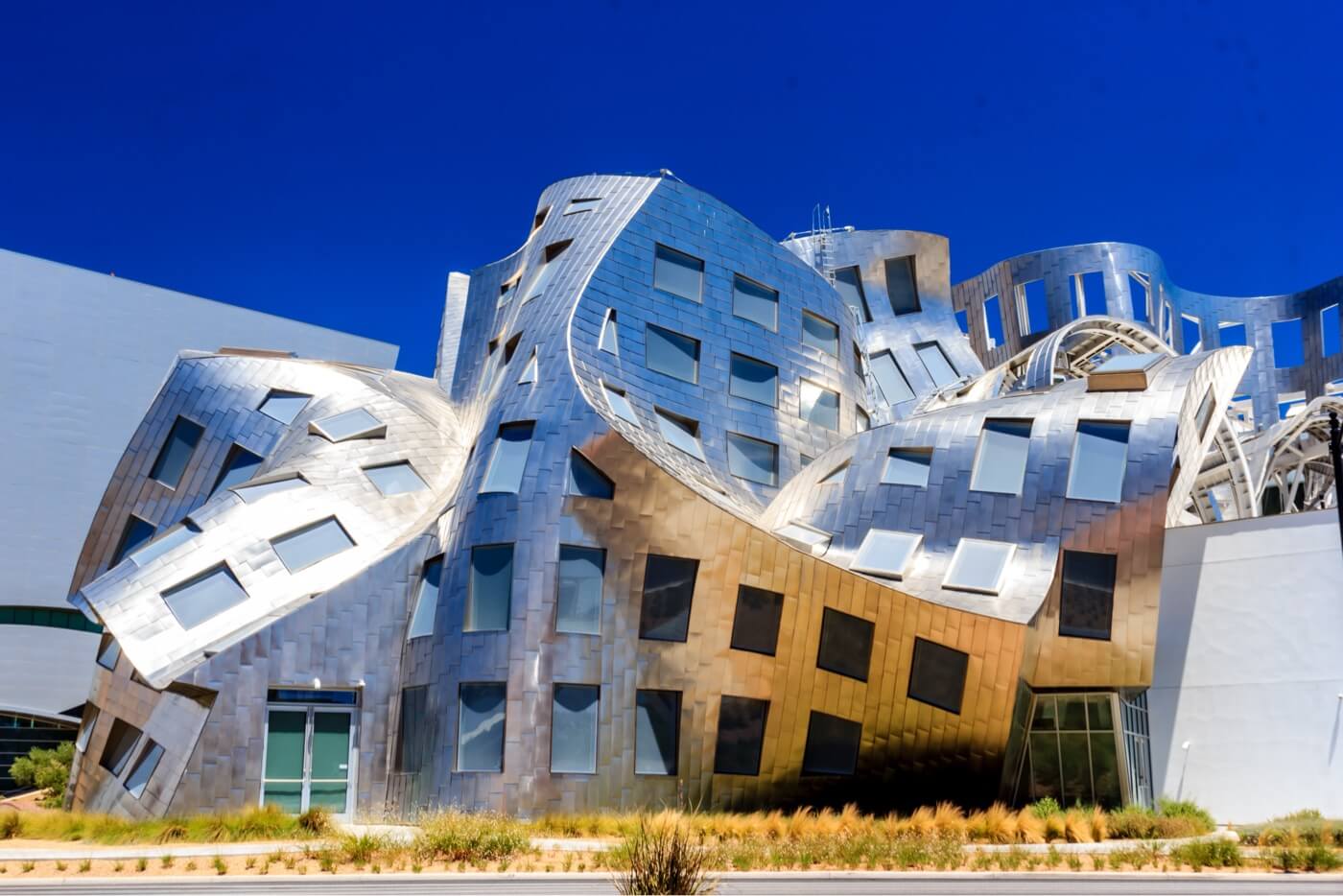
Frank Gehry Mood Board in Architecture
Creating a mood board is an important part of the architecture design process. With enough thought and effort, you can bring together different elements into one cohesive board that effectively portrays the atmosphere and concept.
Don’t forget to consider how colors, shapes and words interact with each other so they are balanced while also conveying an overall feeling appropriate to the project. Overall, creating a successful mood board requires some time and creativity – but it is well worth the effort.
Create mood boards with a template
If you’re looking for more free mood board templates look no further.
No matter what creative project you're working on, we have mood board templates for photography, film, branded content, and more. See the entire collection in our template library where you'll also find templates for shot lists, storyboards, and AV scripts.
Related Posts
Up Next
Making an Interior Design Mood Board
Architecture is often discussed with interior design. Great interior design only strengthens great architecture. To learn about creating mood boards for interior design projects, check out our next article.
Up Next: Interior Design Boards →
Showcase your vision with elegant shot lists and storyboards.
Create robust and customizable shot lists. Upload images to make storyboards and slideshows.
